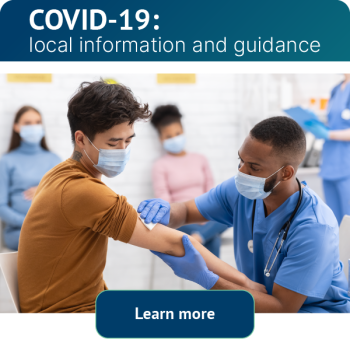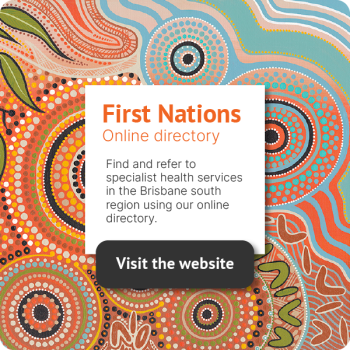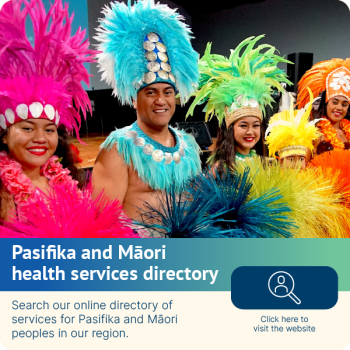Disaster readiness
Disasters and emergencies are increasing in prevalence and impact, and the Brisbane south region has a relatively high level of exposure to extreme weather events. With the ongoing COVID-19 pandemic and lessons from the 2019 – 20 bushfires, it is now more important than ever for the primary health sector to plan and be ready for the impact of disasters on practices and their patients.
Brisbane South PHN is working closely with our relevant Local Disaster Management Groups and Metro South Health Emergency Operations Centre to actively support their disaster management responsibilities by coordinating with and for primary health providers at the local level.
Disaster management and business continuity planning
We are currently updating our disaster management plan and business continuity plan and particularly encourage general practices and community pharmacies to do the same before the end of 2020 so that they are prepared, well stocked and best-positioned to respond to crises and the health needs of their communities.
Disaster management and business continuity planning resources
RACGP – Managing emergencies and pandemics and Managing emergencies in general practice guide
SpotOnHealth HealthPathways – COVID-19 Practice Management
Pharmacy Guild of Australia – Pandemic planning and guidelines
Australian Government – How to prepare an emergency management plan
Queensland Government – Preparing your business for natural disasters and Business continuity planning
Brisbane City Council – Prepare your business for severe weather
Australian Business Continuity – free online services, advice and tools available during COVID-19
Logan City Council – Prepare your business
Disaster management considerations
Mitigation and preparedness
Develop and maintain an up-to-date emergency response plan
Exercise your plan on a regular basis
Contact other practices in your local area and agree on how you can offer mutual support
Have a plan in place to send communications to patients about service disruptions or changes.
Update medication lists and health care plans – with consideration to impacts of compounding disasters (e.g. pandemic x floods)
Have a system in place to routinely capture and confirm every patient’s current contact details
Ensure that patients with a My Health Record have current information recorded and an up to date shared health summary where appropriate
Take steps to encourage patients to have an in-person appointment to ensure continued telehealth eligibility.
Response during a disaster
Consider extending opening hours to accommodate an increase in patient demand
Communicate to patients any changes to access or open hours and/or reinforce continued access
Regularly visit and follow alert and warning updates sites (examples listed below)
Recovery from a disaster
Review and identify lessons
Communicate with patients about return to normal business hours
Identify community population health needs post disaster and develop campaigns to address emerging needs e.g. focus on mental health assessments
Identify and reach out to patients with increased vulnerability factors
Connect with and refer to local social and community support agencies.
Useful links
Alerts and warnings:
Local Government Areas disaster management resources:
Logan City Council – Disaster and Emergency
Redland City Council – Disasters and Emergencies
Brisbane City Council – Disasters and Emergencies
Scenic Rim Regional Council – Disaster Management
Queensland Health disaster management resources:
Queensland Health’s role in a disaster or emergency incident, including incident plans and hazard-specific sub-plans
Public health advice for disaster management, including evacuation centre guidelines, health information and fact sheets




